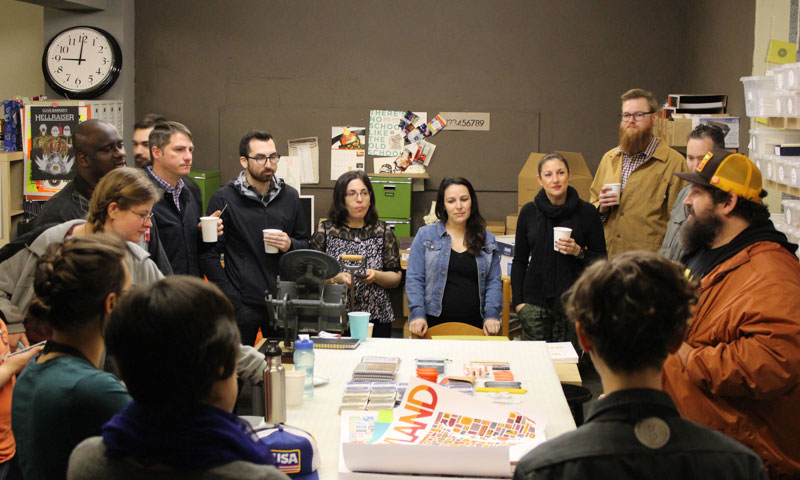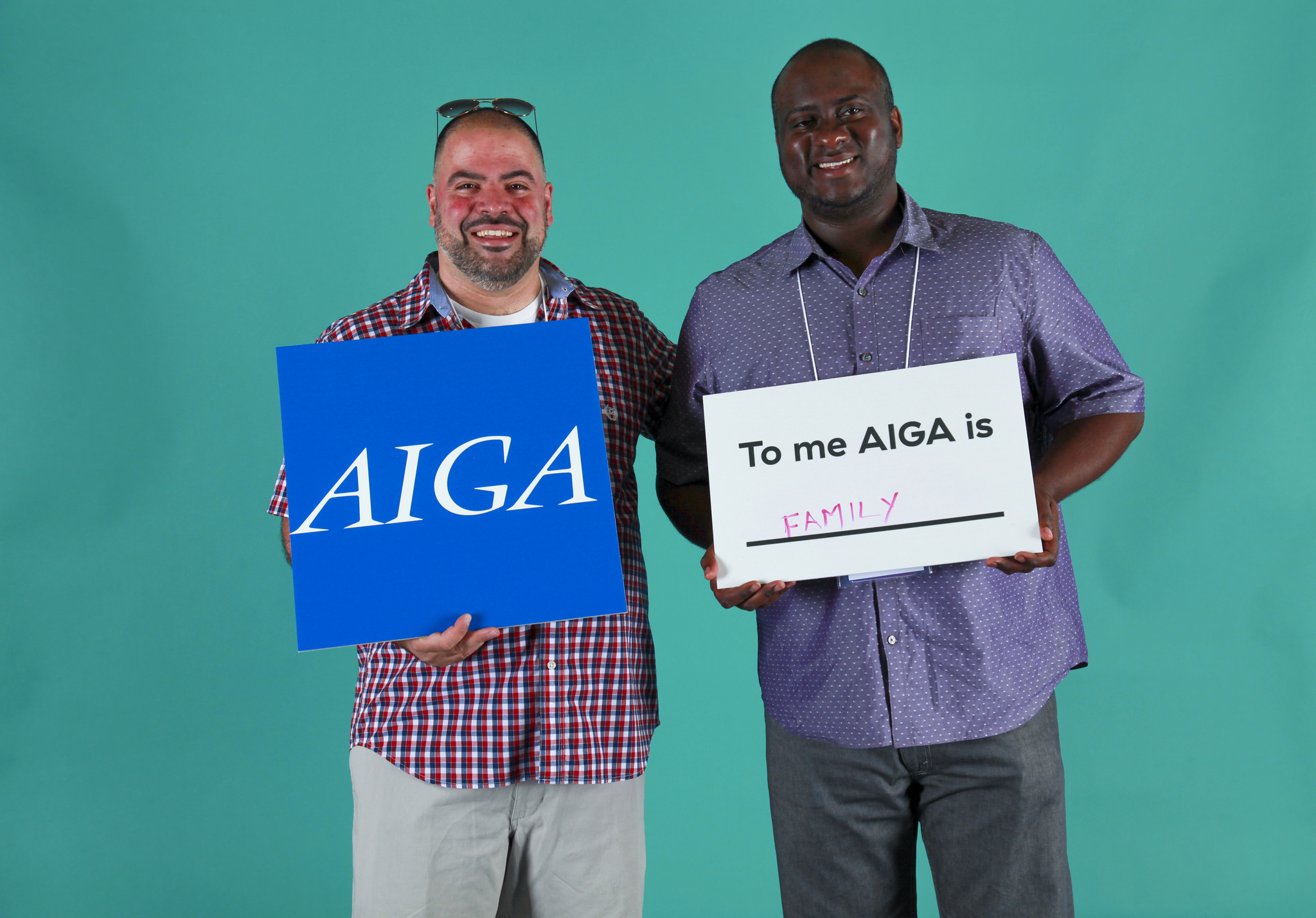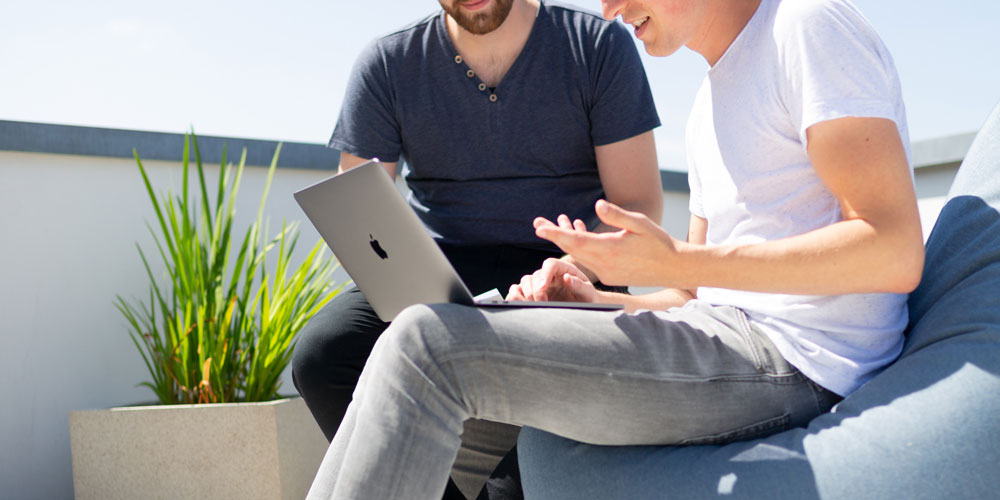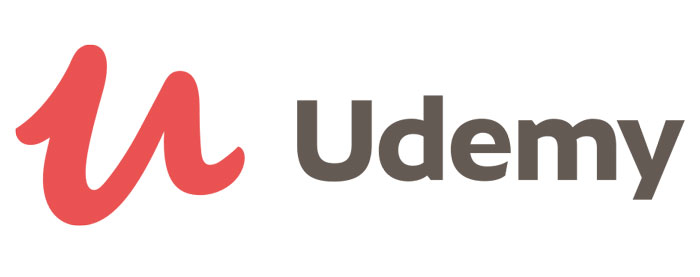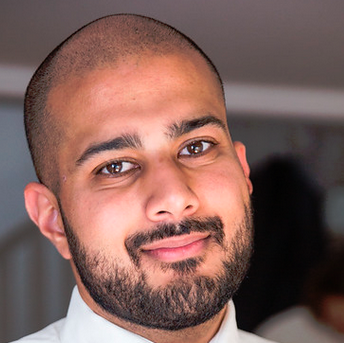There are a plethora of amazing events in our area for creatives and creative professionals, so we’re shining a light on these events by groups like the Society of Design Arts (SoDA), LinkedIn Local Baltimore, Baltimore Museum of Industry, Baltimore Print Studios, and more. Do you know of an event that belongs on this list? We’d love to hear about it! Email us at promotions@baltimore.aiga.org with your event information.
February Events
2/4
Book Bash: What Designers Read
Join the Society of Design Arts at Greedy Reads Bookshop for a preview of some new books and review a few old favorites selected by our members. We will talk about our own personal design collections and pass them around for all to see. Bring your favorite design book!
Hosted by: SoDA (formerly the Society for History and Graphics)
2/8

African Fabric Workshop
Celebrate Black History Month with an intergenerational workshop on the meaning behind African printed fabrics led by Baltimore-based designer Akos “Sunday” Regal (Regal Clothes). Akos was featured in our Design Week Fashion Show! Registration fee includes museum admission for the day (open 10:00 AM-4:00 PM), a 90-minute workshop, and a fabric swatch to take home!
Hosted by: Baltimore Museum of Industry
Valentines on the Riso
Attendees can make their own, 100% custom and one-of-a-kind, 2-color valentines. All art-making and printing supplies are provided, just bring your creativity. Cards will be printed on our high-speed Risograph machine, and every attendee will leave with 30 cards of their own design.
Hosted by: Baltimore Print Studios
2/12
Valentine’s Printmaking Workshop
As part of this class, you will receive a take-home linoleum block for you to create your own ‘mini printing presses’, use of all materials to create these blocks, and 10 quality cards and ink to print your beautiful Valentine’s! Aprons and gloves will be available. It’s a good idea to wear clothes that you may not mind getting ink on. Join us for this special event to tap into your creative side and release your inner artist.
Hosted by: Night Owl Gallery
2/16
Botanical Art at Rawlings Conservatory
Escape the winter chill and spend the morning in a tropical oasis at the Howard Peter Rawlings Conservatory in Baltimore, Maryland. Built-in 1888, the Conservatory offers a wide variety of plantings from throughout the world. Join Emily Carter Mitchell in learning how to develop an artistic eye with flowers and greenery as your subject.
Hosted by: Emily Carter Mitchell Photography
Black Arts District Brand Launch Party
The Pennsylvania Avenue Black Arts and Entertainment District is officially launching its brand! In observance of Black History Month, we are celebrating the accomplishments the arts district has made and what is yet on the horizon. Come meet Tia Newton, the creative director behind the new brand, and the arts district team! There will be Dollar Skating and Bowling, DJs Spinning, Brand Inspired Giveaways, and more.
Hosted by: Black Arts District

2/19
LinkedIn Local Baltimore
Join us on Wednesday, February 19th at The Alexander Brown Restaurant for our next #LinkedInLocalBmore Event! Learn how to beat the burnout and be your best self with Rachel Druckenmiller, Founder & CEO of Unmuted. Together we will explore ways to start 2020 more intentionally and become fulfilled and energized at work and at home.
Hosted by: LinkedIn Local Baltimore and Strategic Factory
2/22
Intro to Screenprinting
This one-day, hands-on workshop covers all the basics of screenprinting. Attendees will learn first hand how to properly coat, expose, print from, and clean a silkscreen. Differences in inks, printing substrates, screen mesh, and filmwork will all be discussed, and various multi-color registration techniques will be covered. This class will provide you the skills to return and rent time to print your own work during our regular studio hours.
Hosted by: Baltimore Print Studios
2/27
Power Lunch Webinar with AIGA Baltimore and The Creative Group (TCG)
Briana Quetel is an Account Manager at The Creative Group (TCG), a Robert Half company, who has several years of experience recruiting and hiring for creative roles, and this month she is sharing some of her knowledge. She’ll sit down with a fellow recruiter from her office and give some insights into what they are looking for when recruiting for creative roles, portfolio do’s and don’ts, and how to set yourself apart during the hiring process. Registration link coming soon!
MICA Mixed Media Lecture Series: Palesa & Siphiwe Ngwenya
Representing the multi-award winning participatory tourism social enterprise, Maboneng Township Arts Experience, the South African creative place-making duo, Palesa & Siphiwe Ngwenya will be sharing their experiences regarding inclusive social design, emancipation mapping, and developing destinations in an African context. The public panel discussion with Baltimore industry peers and the attending public will strive to fuel a curiosity about the kind of creative place making that induces economic emancipation for neighborhoods while achieving social cohesion through new and innovative models.
Hosted by: Maryland Institute College of Art and MICA Center for Social Design
2/29
Write Notepads & Co. Headquarters – Open House
The Write Notepads & Co Factory is celebrating its 7th year in Baltimore with an open house on February 29th, from 4–10pm. Stop by to see where and how their products are made, packaged, and sent. You will also have the opportunity to get the first crack at the new Limited Edition they will be revealing at the event. There will be tours of the manufacturing facility, as well as food, beer, and fun for all that show.
Hosted by: Write Notepads & Co.
3/5

American Advertising Awards
Gone are the days of the three-martini lunch. Or are they? Get ready for a truly special experience as Baltimore’s advertising community reunites to celebrate 100 years of the AAFB. Don’t miss this year’s extraordinary celebration, hosted at Port Discovery—a veritable Wonderland in its own right. On March 5, we invite you to tumble down the rabbit hole and join us in commemorating 100 years of the American Advertising Federation of Baltimore (AAFB).
Hosted by: AAF of Baltimore
Got an event you think belongs on this list?
We’d love to hear about it! Email us at promotions@baltimore.aiga.org with your event information.
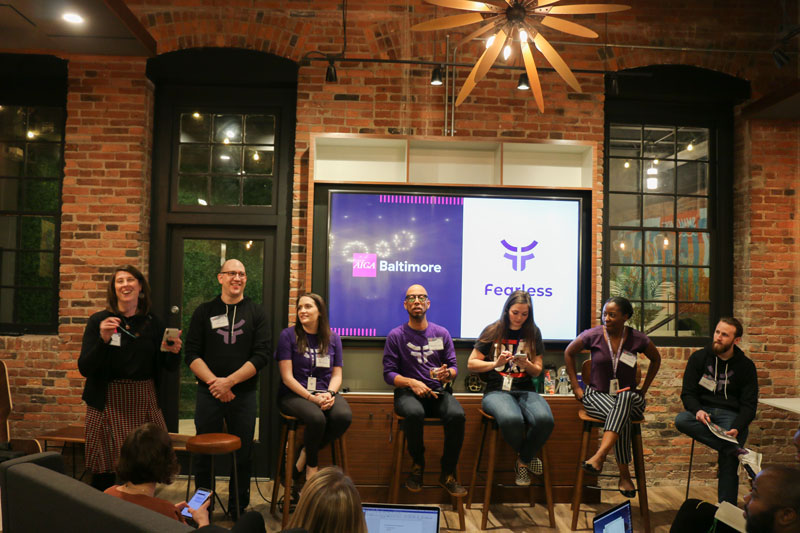
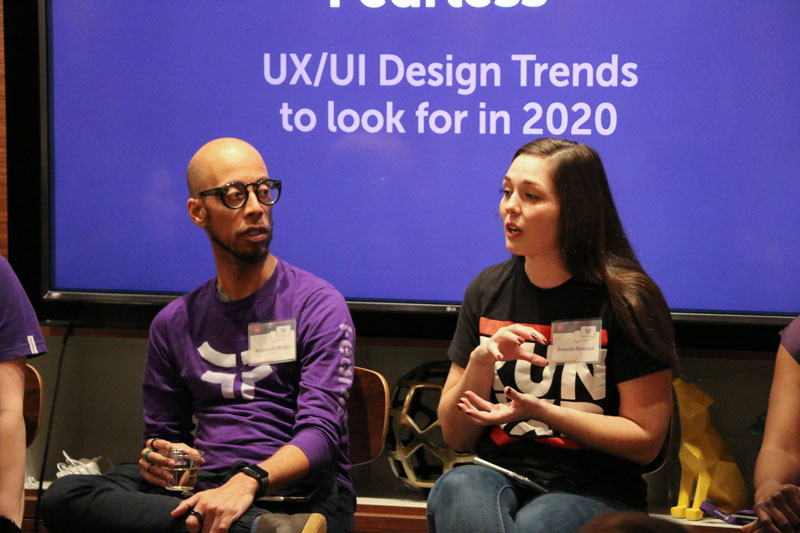
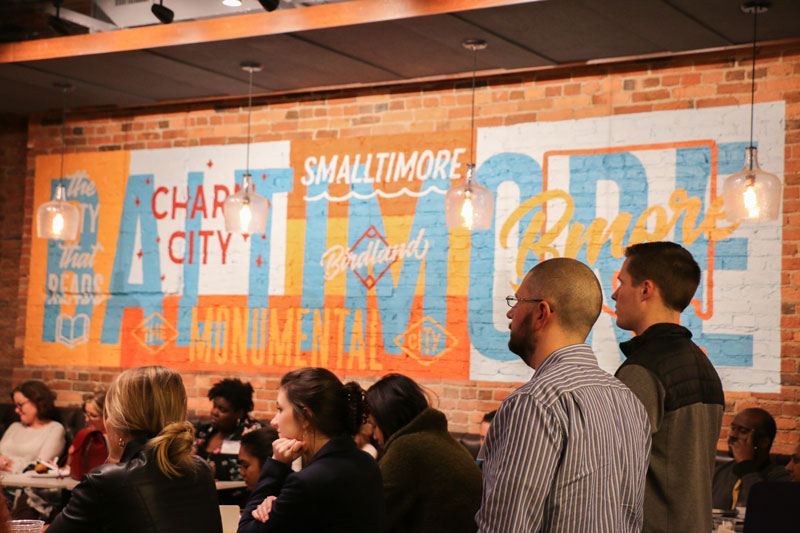
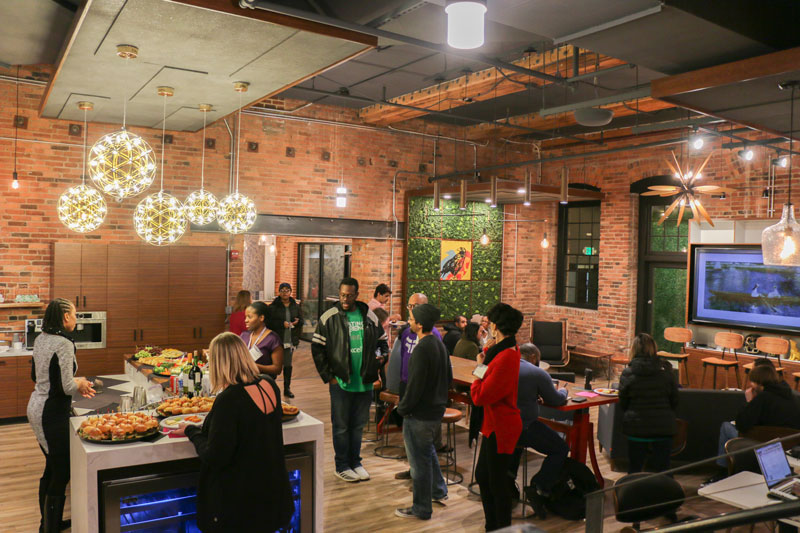
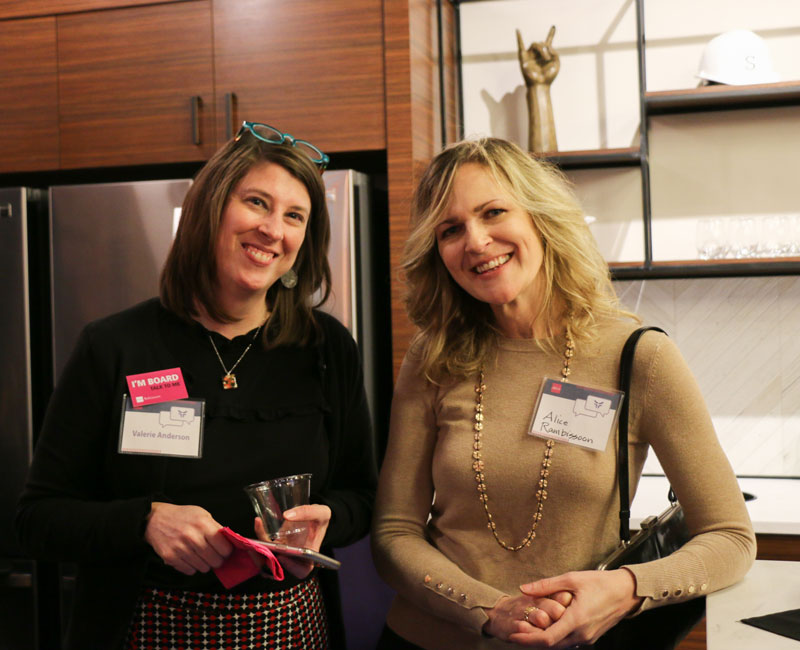
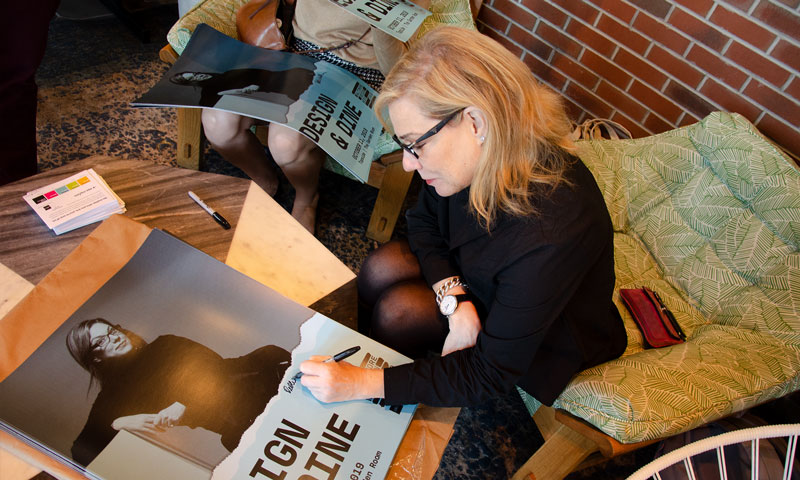
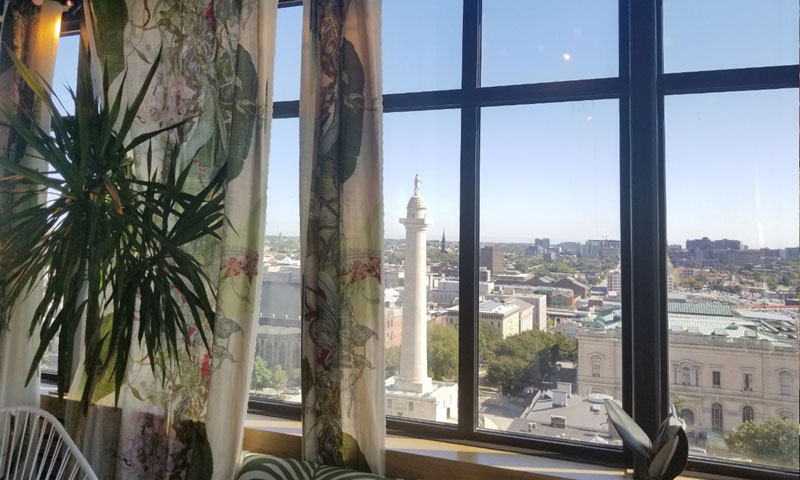
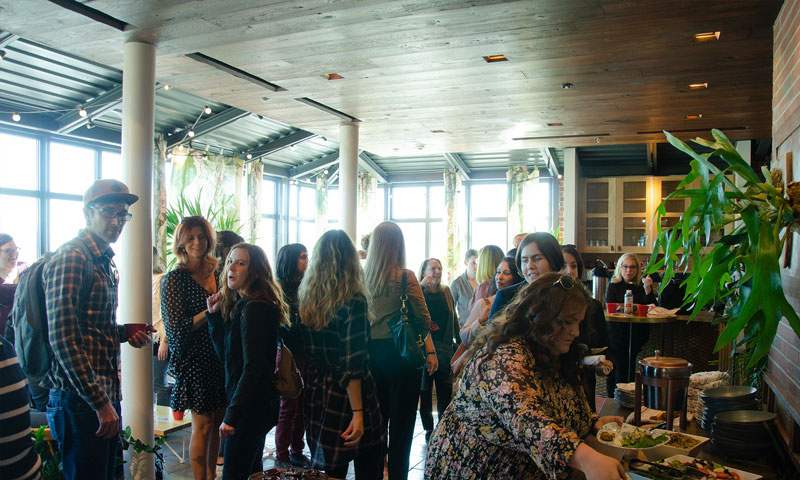
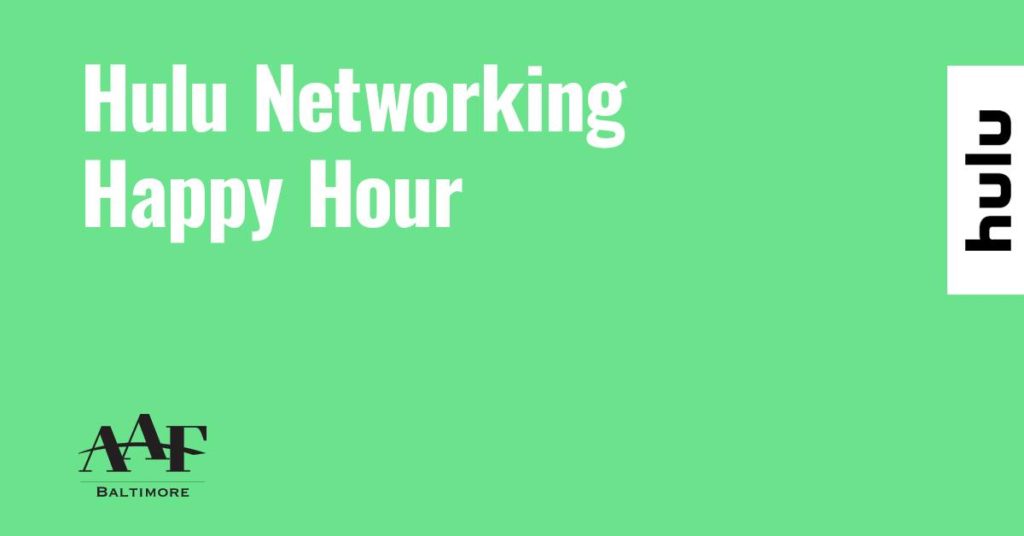
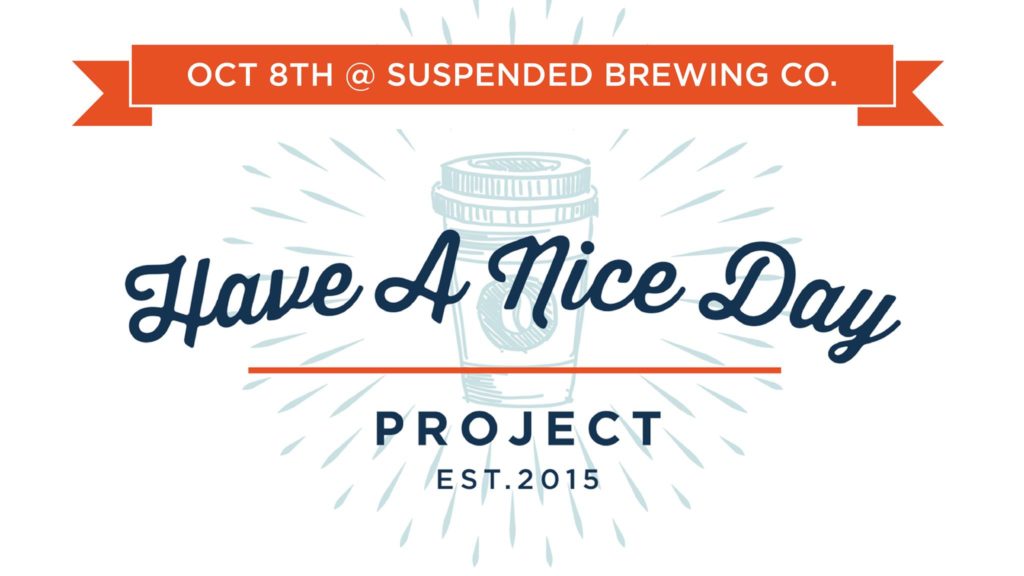


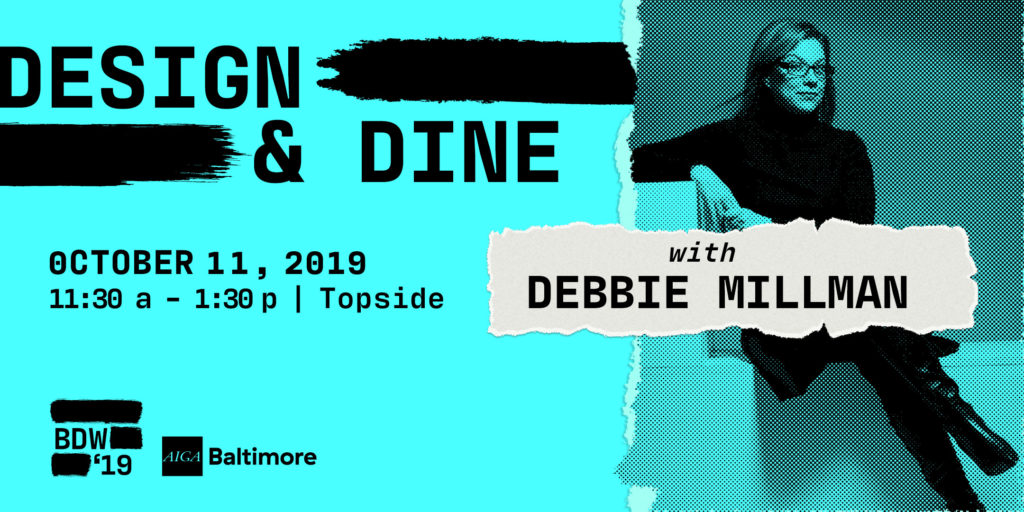
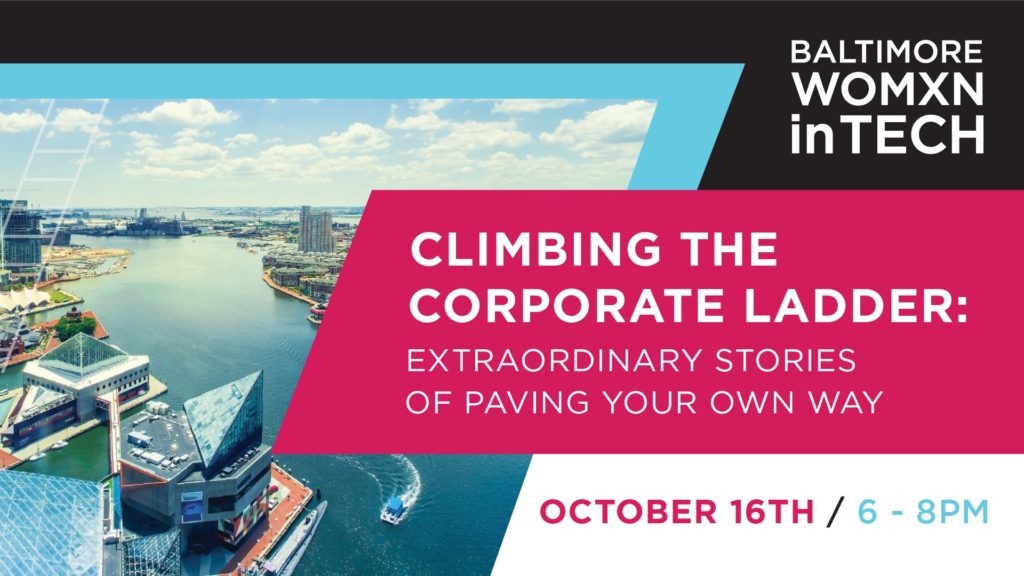
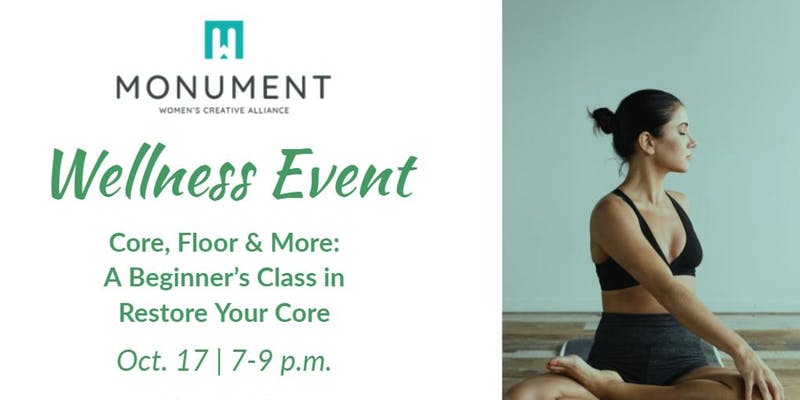







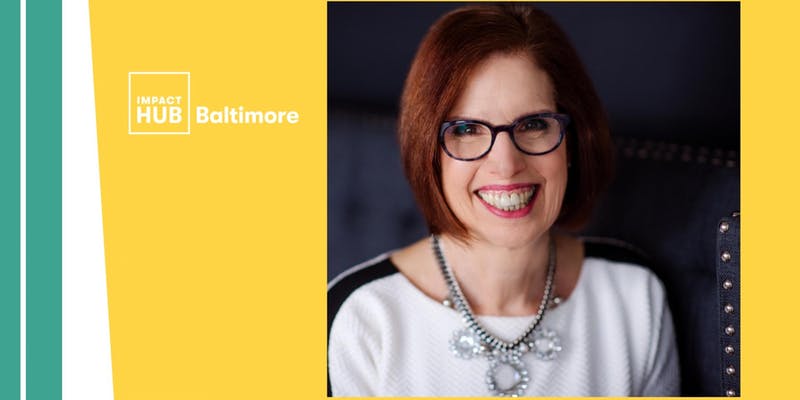
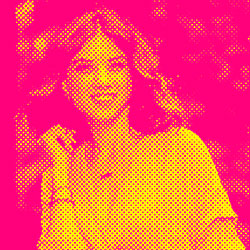
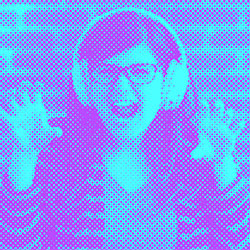
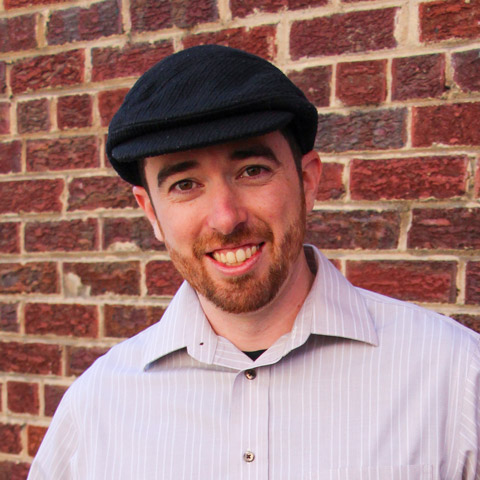 Rob Maguire has over 15 years’ experience providing graphic design and marketing services to businesses of all sizes. After changing gigs each time his wife switched jobs and cities, Rob decided to begin his role as an independent creative. His experience working as an agency art director, and later as an in-house senior package designer has cultivated a knack for understanding the unique needs of each client. Today, Rob works and lives in Maryland with his wife, kids, and dogs.
Rob Maguire has over 15 years’ experience providing graphic design and marketing services to businesses of all sizes. After changing gigs each time his wife switched jobs and cities, Rob decided to begin his role as an independent creative. His experience working as an agency art director, and later as an in-house senior package designer has cultivated a knack for understanding the unique needs of each client. Today, Rob works and lives in Maryland with his wife, kids, and dogs.
